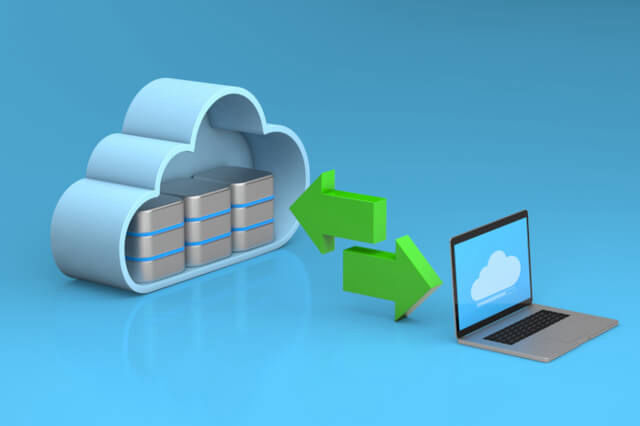Unternehmen bevorzugen private Dateifreigabedienste
Standardisierte IT-Umgebungen sind in großen Unternehmen üblich, und einer der Standards ist die Windows-Dateiserver- und Active Directory-Umgebung. Es handelt sich dabei um eine private Dateifreigabeplattform mit zentralisierten Netzwerkfreigaben für Mitarbeiter vor Ort zur gemeinsamen Nutzung und Zusammenarbeit im lokalen Netzwerk.
Wenn sich mobile Belegschaften außerhalb der Unternehmensfirewalls befinden, gehören VPN-Lösungen zu den Standards der internen Dateifreigabe-Windows-Serverplattform, um sie auf Home-Offices und andere entfernte Standorte auszuweiten. VPNs haben jedoch viele Unzulänglichkeiten, und öffentliche Dateifreigabedienste wie Dropbox und OneDrive finden ihren Weg in Unternehmen.







